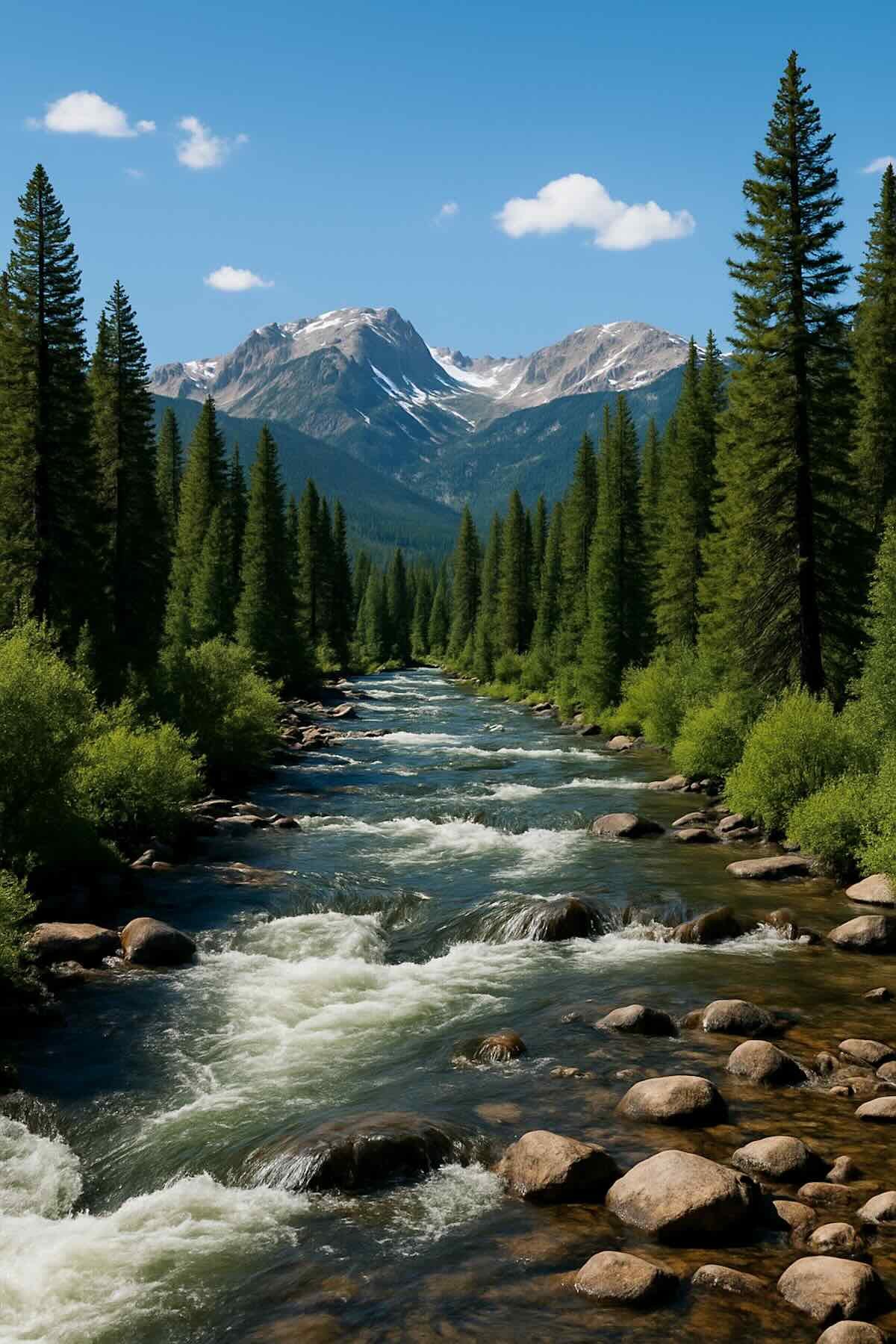How Many Rivers Are in Colorado?
When you think of Colorado, you probably picture mountains, alpine lakes, and scenic forests. But one of the state’s most important natural resources often goes overlooked: its rivers. Colorado is the starting point for several major waterways that supply water to millions of people across the country. So just how many rivers are there in Colorado?
Let’s take a closer look at the numbers, the major river systems, and why these waterways matter so much—both inside the state and far beyond its borders.
How Many Rivers Are in Colorado?
Colorado has at least 158 named rivers, according to the U.S. Geological Survey (USGS). That number doesn’t include the thousands of smaller streams, brooks, and creeks that wind through the state’s diverse terrain.
If you count all flowing waterways—including rivers, creeks, and streams—Colorado has over 107,000 miles of moving water, making it one of the most hydrologically rich states in the western U.S.
Why So Many Rivers Start in Colorado
Colorado is what’s known as a headwaters state, meaning many major rivers begin here. Thanks to the elevation and the layout of the Continental Divide, snowmelt and rain drain outward from the state in every direction.
Four of America’s most significant rivers start in Colorado:
The Colorado River
The Arkansas River
The Rio Grande
The South Platte River
These rivers flow into neighboring states like New Mexico, Utah, Arizona, Kansas, and Nebraska—and eventually into the Gulf of Mexico and the Pacific Ocean.
Major Rivers That Begin in Colorado
Colorado River
Originates in Rocky Mountain National Park and flows southwest through seven U.S. states and Mexico. It’s a lifeline for over 40 million people and irrigates more than 5 million acres of farmland.
Arkansas River
Starts near Leadville, Colorado, and travels southeast through Kansas, Oklahoma, and Arkansas. It’s a favorite for rafting and fly fishing.
Rio Grande
Begins in the San Juan Mountains and flows south, forming part of the U.S.-Mexico border. It supports farming and cities throughout the Southwest.
South Platte River
Rises in South Park and flows northeast through Denver and into Nebraska. It supplies drinking water for much of Colorado’s Front Range.
Other Notable Colorado Rivers
While the four above are the most recognized, other key rivers include:
The Yampa River, one of the last undammed rivers in the West
The Gunnison River, which cuts through the dramatic Black Canyon
The Animas River, known for its stunning blue-green color and popularity with anglers
The San Miguel River, a scenic tributary near Telluride
These rivers play a vital role in recreation, wildlife, and the local economy.
Why Colorado’s Rivers Matter
Colorado’s rivers are more than beautiful—they’re essential. They:
Provide drinking water to millions of people across multiple states
Support agriculture, especially in arid areas that rely on irrigation
Generate hydroelectric power
Offer recreation like rafting, kayaking, and fishing
Create habitats for fish, birds, and other wildlife
With ongoing drought and population growth in the West, Colorado’s rivers are more important—and more fragile—than ever before.
Final Thoughts
So, how many rivers are there in Colorado? At least 158 named rivers, and thousands of additional creeks and streams. These waterways shape the land, support life, and connect Colorado to the rest of the western United States.
Whether you’re fishing, rafting, or just enjoying the sound of water flowing through the mountains, Colorado’s rivers are a reminder of the state’s power, beauty, and importance.

